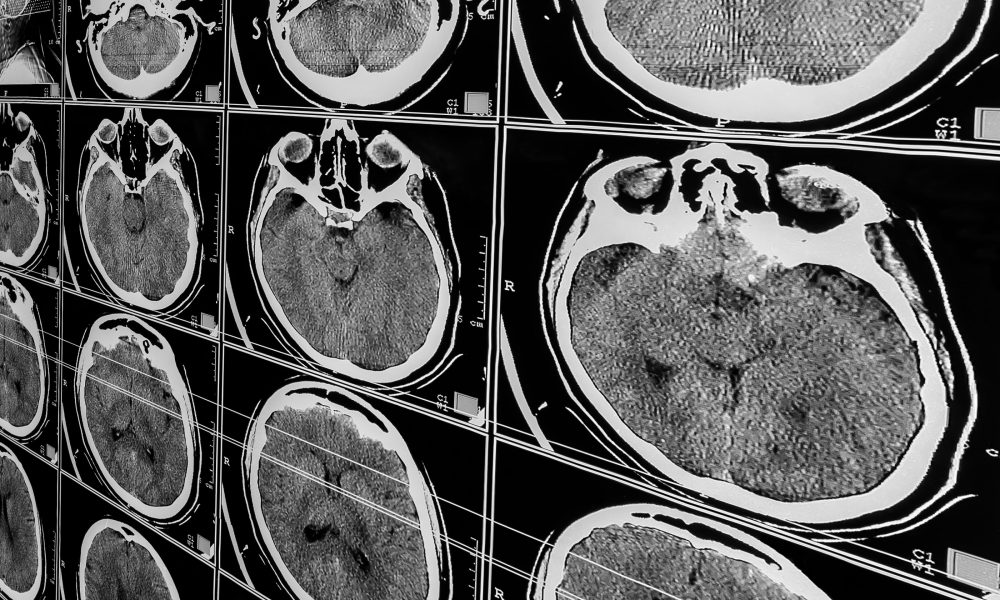
Further evidence of the link between recurrent head trauma and neurodegenerative disease has emerged through a new study of military personnel.
New research finds that the brains of otherwise healthy service men and women who are exposed to explosions show an abnormal brain accumulation of amyloid-beta protein—a protein that plays a role in the development of Alzheimer’s disease.
Evidence is gathering over the relationship between repetitive head impacts and dementia, primarily in a sports domain, but this research helps to show the dangers also faced by military personnel over the risk of cognitive decline and neurodegenerative disease.
“Amyloid-beta is a molecule not normally found in the brains of young patients,” said study author Dr Carlos Leiva-Salinas, associate professor of radiology at the University of Missouri School of Medicine in Columbia, Missouri.
“Amyloid-beta accumulation in the brain is proposed to be an early event in the pathogenesis of Alzheimer’s disease, the most common type of dementia worldwide, impacting millions of people.”
Previous autopsy studies have shown the presence of amyloid plaques as early as hours after severe brain injury.
“Non-invasive positron emission tomography, or PET, imaging could be used to identify early-stage amyloid-beta accumulation in individuals or professions exposed to traumatic brain injury such as military personnel, police officers, firefighters, football players, etc.,” Dr Leiva-Salinas said.
For the study, researchers recruited nine military grenade or breacher instructors at Fort Leonard Wood Military Base in Fort Leonard, Missouri, from January 2020 to December 2021.
Grenade and breacher instructors are military officers who train recruits in the use of hand grenades and explosives or other mechanical methods to force open doors.
An additional nine civilians were included in the study as a healthy control group. All participants had no previous history of concussion, and they were all males in their early 30s, an age at which amyloid accumulation is not expected.
The 18 participants were evaluated twice. The first evaluation was to establish a baseline and the second occurred after blast exposure, approximately five months after the baseline examination. The military instructors filled out a digital log with the number of exposures to explosions, including the firing of weapons. The control participants were evaluated at similar time points.
All participants underwent a PET scan of the head to evaluate and quantify amyloid changes. Analysis software was used to segment six brain regions that are usually associated with Alzheimer’s disease and TBI.
Abnormal amyloid accumulation was seen in six of the nine participants who were exposed to explosions. Three of the participants had one region of the brain with increased amyloid accumulation, two participants had two regions, and one participant had three regions with abnormal accumulation.
None of the healthy control participants showed any abnormal amyloid accumulation.
“Further research needs to be done to establish the relationship between the frequency and the severity of traumatic brain injury and the degree of amyloid changes in the brain, the natural course of the observed accumulation, and other potential biologic risk factors for amyloid plaque deposition and the development of cognitive decline,” Dr Leiva-Salinas said.









